An emergency is a combination of circumstances and conditions that form a critical, dangerous environment. The reasons for this situation may be failures of technical equipment, extreme natural phenomena (earthquakes, lightning strikes, landslides, hurricanes and others). One of the common circumstances is the human factor. As a result of it, for example, road accidents often occur. In order to create a safe environment at the enterprises, in accordance with Federal Law No. 116, special methodological guidelines have been developed for compiling instructions for emergency situations. Next, we consider the main provisions, which includes the emergency response plan (PLUS). 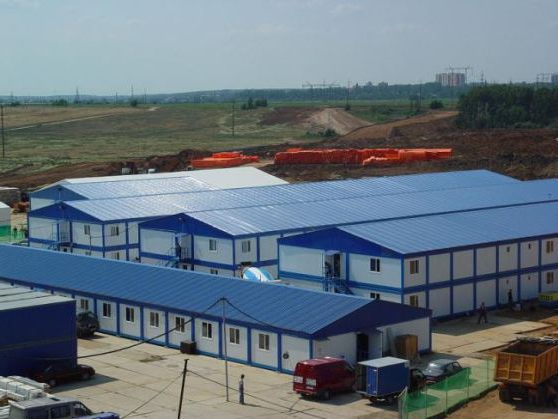
General information
The emergency response plan acts as one of the main documents of an object considered to be potentially dangerous. Along with energy saving schemes, floor and situational drawings, the PLUS should be part of the safety documentation.
Organization Responsibilities
To protect the territory and population from emergency situations enterprises are required to:
- To develop and implement the necessary measures in the field of ensuring the safety of personnel and subordinate social and industrial facilities.
- To create conditions for the formation, preparation and maintenance of readiness to use the means by which emergency situations are eliminated and prevented, as well as warning systems.
- To provide, in accordance with the established procedure, information on protecting territories and the population from emergency situations, to notify employees of the enterprise of their threat or occurrence.
- To form reserves of material and financial resources to eliminate emergency situations.
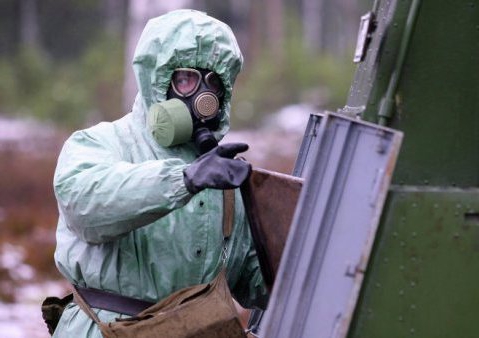
Industrial Safety: Key Requirements
Federal Law No. 116, Article 10 prescribes the following:
- Develop and implement measures in accordance with which localization and liquidation of emergencies and their consequences at an industrial facility considered dangerous is carried out.
- Conclude service contracts with rescue services or special forces providing security facilities. In the cases provided for in the legislation of the Russian Federation, create your own units, including contingencies, responsible for emergency rescue operations.
- To have reserves of material and financial means to eliminate the consequences of emergency in accordance with the requirements.
- To develop instructions prescribing the actions of workers in emergency situations, conduct training, internships. Based on the results of the briefing, a knowledge test is carried out.
- Create warning, surveillance, communication and support systems to comply with safety instructions in the event of an emergency.
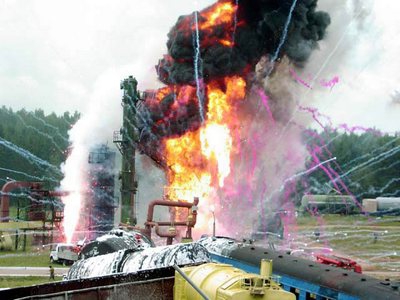
PLAS Compilation Goals
For each object considered explosive and fire hazard, management develops requirements for the behavior of employees in case of emergency. The instructions provide for measures to eliminate emergencies and its consequences using the technical systems and tools available. The main objectives of the PLUS are:
- Prediction of likely scenarios in which an emergency may develop.
- Determining the readiness of the enterprise to eliminate the disaster and its consequences.
- Development of instructions governing actions in emergency situations for employees and rescue units at each stage of their development.
- Determining the adequacy of measures taken to prevent emergencies at the facility.
- Development of measures that are aimed at enhancing fire protection and reducing the scale of the consequences that an emergency entails.
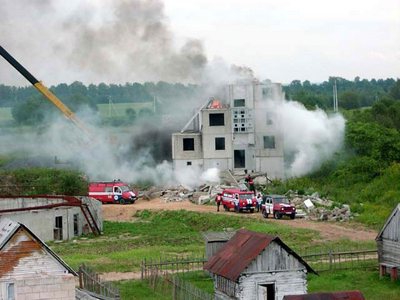
Document structure
PLUS should include the following elements:
- Title page.
- The list of performers.
- Table of contents.
- Characterization of hazardous substances used in the technological sector.
- Initial data.
- Analysis of the emergencies at the facilities, the establishment of probable scenarios, according to which an emergency situation may develop at the enterprise.
- Estimation of the volume of a hazardous compound involved in an emergency.
- Calculation of possible zones of damage.
- Situational scheme of probable state of emergency.
- Major hazards present in the technology sector.
- A list of significant factors that influence the level of risk.
- Hazard assessment of the technology sector.
- Proposals for measures to reduce the likelihood of accidents.
- Section 1 "Technology and equipment of the unit."
- Section 2 Hazard Assessment.
- Section 3, Conclusions and Suggestions.
- Section 4 "List of teaching materials and reference books."
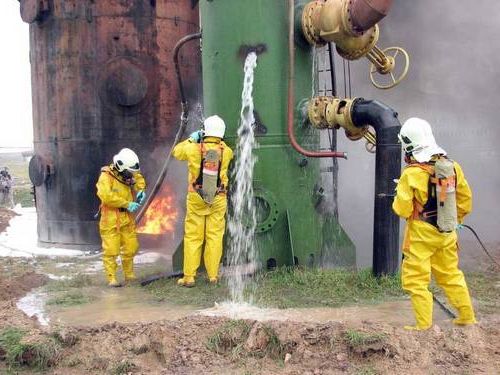
Review and amendment
At least once every 5 years, the PLUS is subject to review. In case of changes in equipment, technology, metrological support of processes and after accidents, the plan should be clarified. The introduced corrections must be studied by managers, production personnel, specialists, personnel of security services. After training, knowledge must be verified.
Training sessions and anxieties
Throughout the year, training activities on probable emergency situations provided for in the operational part of the PLUS should be carried out at facilities, in departments and at sites in each shift. The schedule of events is approved by the technical manager of the enterprise. At least once a year, training alarms at different times of the day should be conducted for various positions. The event manager for the technology sectors is the unit head. Training alarms for the entire enterprise or complex of facilities are conducted under the supervision of a technical manager. Events with the participation of members of emergency and specialized rescue services, production personnel, health, fire and other groups are carried out when their actions are provided for in the operational part of the PLUS. If the results of training alarms are found to be unsatisfactory, they are repeated for 10 days after the mistakes made are examined in detail. Schedules of events are developed by the heads of departments and coordinate them in the production department and the industrial safety and labor protection service, emergency rescue teams and other units, if necessary, to attract them. Approval of documentation is carried out by the technical director of the enterprise. 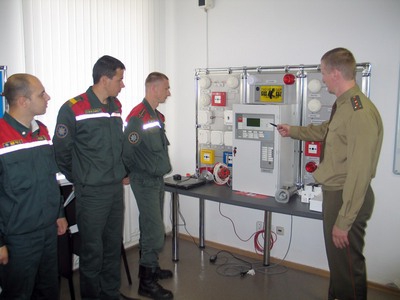
Knowledge check
It is carried out by the qualification commission of the enterprise with the admission of employees, specialists and superiors to independent work, during periodic inspections, as well as in the process of training sessions. Extraordinary control is carried out when making adjustments to the PLUS, transferring employees to another position. Such inspections are also carried out in cases of unqualified actions of employees during training alarms, as well as on the instructions of the territorial offices of the State Technical Supervision.
additional information
The material and technical means provided by the PLUS, with the help of which work is done to eliminate accidents and save people, should not be used for other purposes. Responsibility for the quality and timely conduct of training alarms and training sessions, as well as the preparation of relevant documentation lies with the technical manager of the enterprise.
Operational part of the PLUS: an example
Emergency: leakage of liquid chlorine from the pipeline in the warehouse.
Emergency Identification Marks:
- The gas content of the room is a sharp smell of chlorine, the greenish-yellow color of air.
- Emergency ventilation activation.
- A whistle (noise) emitted by chlorine flowing from a pipeline.
- The sound of an alert located at the entrance outside the warehouse, indicating the excess of the MPC substance in the room.
- Increased flow and a significant reduction in pressure in the container.
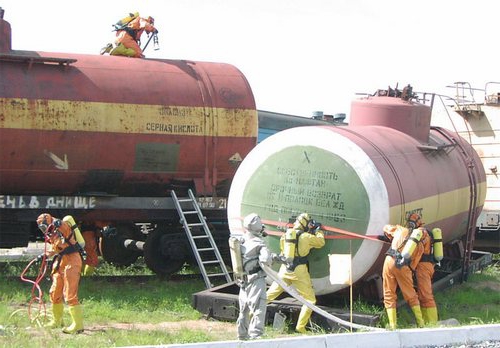
Performers and the scheme of their actions:
1. The first employee who noticed an accident warns the rest of the staff with a shout, immediately informs the dispatcher of the organization (first of all), the chief of the chlorination unit (the shift supervisor).
2. The dispatcher is notified.
3. The installation manager directs emergency response actions.
4. Production personnel - employees of the emergency rescue team - by alarm:
- put on protective equipment for the skin and respiratory organs and take the necessary measures to evacuate people and provide assistance to the victims (take them out to fresh air and so on);
- as a part of a group (not less than 2 people) check the absence of people in the room.
After completion of the evacuation of people from the gassed premises, the rescue team proceeds to liquidate the accident:
- in the event of a failure of the emergency ventilation system and the neutralization of chlorine emissions, irrigation pumps are manually switched on, after which the ventilation system is activated;
- the supply of chlorine to the pipeline is turned off by closing the shut-off valve on the container, continuing chlorination to remove the compound from the process system;
- the site of leakage of the substance is determined;
- measures are being taken to eliminate the leak (a rubber patch is applied to the place where the pipeline ruptured and is pulled together with a quick-fitting clamp);
- the warehouse premises is rendered harmless by absorbing the volatile hazardous compound in the sanitary cleaning system;
- after the leak has been eliminated and the technological system has been sealed, the container is emptied and water is disinfected or nitrogen is purged with the technological system.
5. At the end, the repair or replacement of the faulty section of the pipeline is carried out.
Regulations
In compiling the PLUS and other safety instructions, the following should be guided by:
- Federal Law No. 116, Article ten.
- Federal Law No. 68, Article 14.
- General explosion safety rules at refineries, petrochemicals and chemical plants.
- Guidelines for compiling the PLUS.
- Order of FS No. 1005 for technological, environmental and nuclear supervision.








